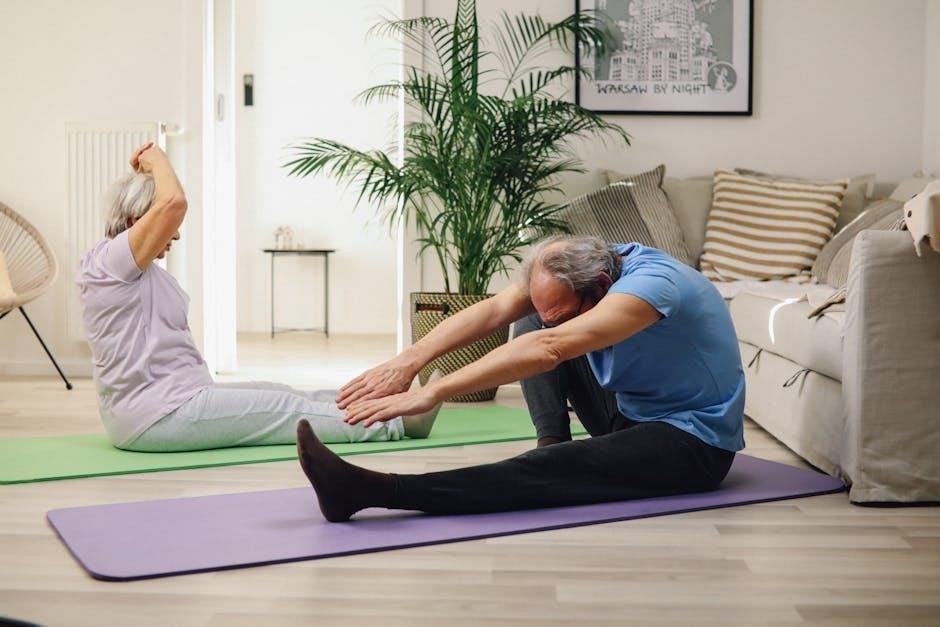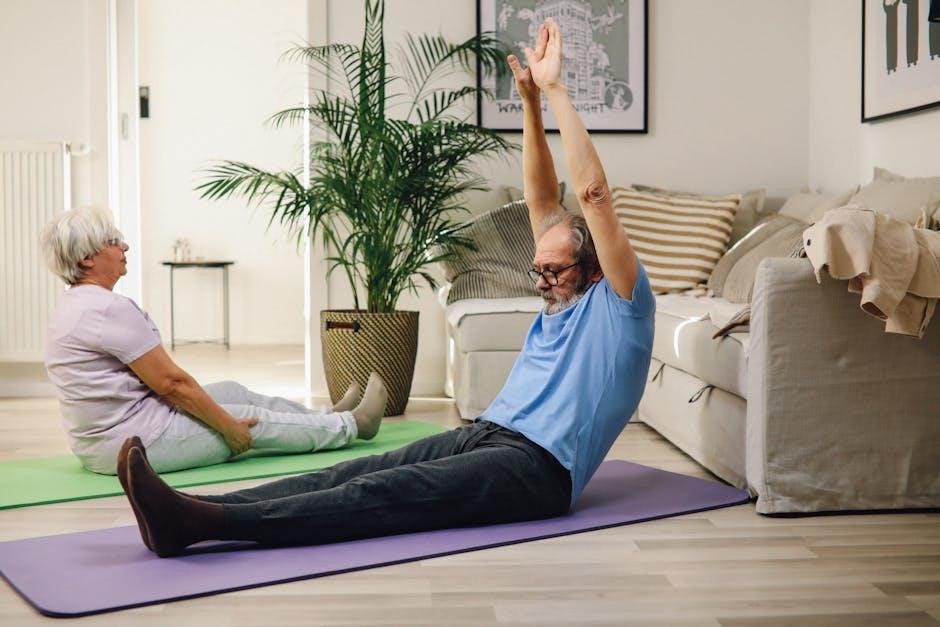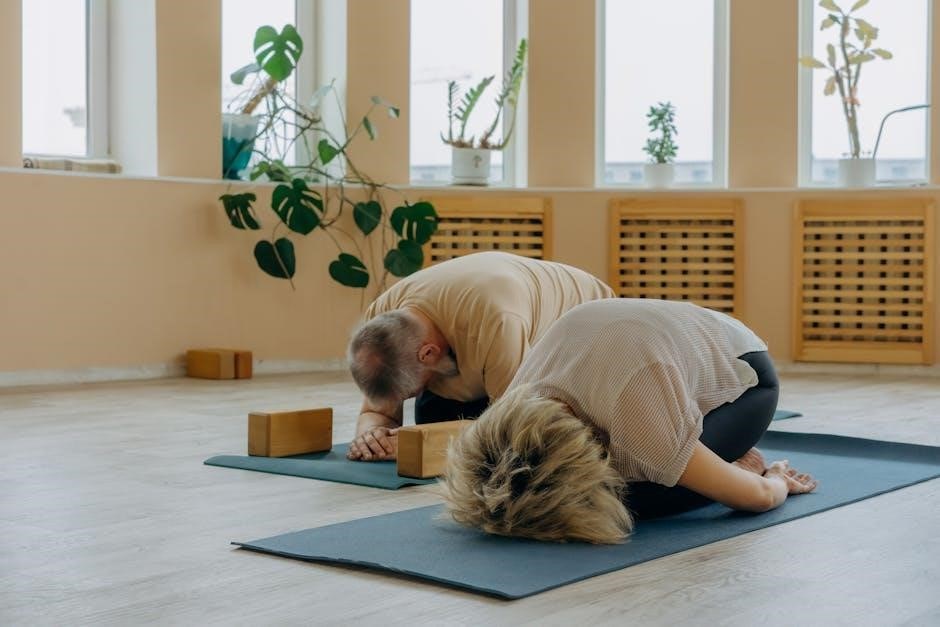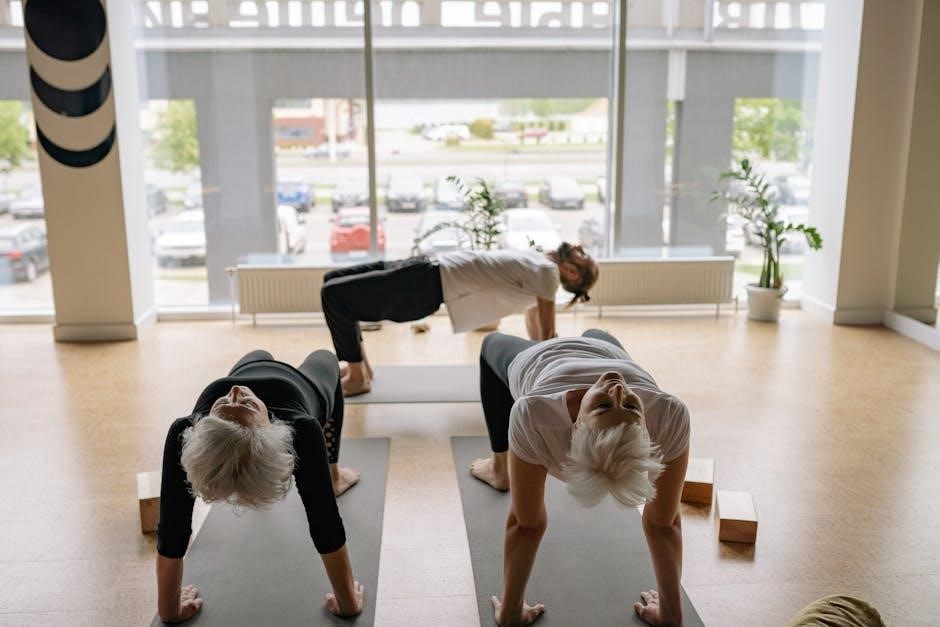Executive Summary
The mental health private practice business plan outlines a strategic approach to addressing growing demand for mental health services, offering personalized care and evidence-based treatments to individuals seeking mental health support. The model focuses on creating a sustainable, client-centered practice that prioritizes accessibility, confidentiality, and holistic well-being, aiming to make a meaningful impact in the community.
1.1. Market Opportunity
The demand for mental health services is rising, driven by increasing awareness and reduced stigma. With over 970 million people globally experiencing mental health conditions, the private practice model offers a unique opportunity to provide personalized, accessible care. This growing need, coupled with limited supply in many regions, positions private practices to fill critical gaps in mental health support.
1.2. Business Overview
The business focuses on establishing a private mental health practice offering comprehensive services, including individual and group therapy, assessments, and specialized treatments. Operated by licensed professionals, it aims to provide a safe, confidential environment for clients. The practice will utilize evidence-based therapies and modern technology to ensure high-quality care, fostering long-term mental well-being and client satisfaction.
1.3. Mission and Vision Statements
The mission is to deliver compassionate, client-centered mental health care, empowering individuals to achieve emotional well-being. The vision is to become a leading private practice, fostering a culture of inclusivity and excellence, while making mental health accessible and stigma-free for all, through innovative approaches and unwavering commitment to patient care and community impact.

Business Overview
A mental health private practice provides professional therapy services, including assessments, individual and group sessions, and additional support, catering to diverse populations like children, adolescents, adults, couples, and families.
2.1. Business Structure
The practice operates as a sole proprietorship or LLC, with licensed therapists providing services. It may employ administrative staff for scheduling and billing, ensuring efficient operations. The structure allows flexibility in service offerings and scalability as demand grows, while maintaining a personalized approach to client care and community engagement.
2.2. Services Offered
The practice provides individual therapy sessions, tailored to address specific mental health needs, and group therapy for shared experiences. Additional services include comprehensive assessments, diagnosis, and treatment planning. Optional support programs, such as stress management workshops and mindfulness classes, are offered to enhance client well-being and provide a holistic approach to mental health care.
2.3. Target Market
The target market includes individuals aged 18-65 experiencing mental health challenges, such as anxiety, depression, or relationship issues. Secondary audiences include adolescents, families, and couples seeking therapy. The practice also targets underserved populations, leveraging partnerships with schools and community organizations to enhance accessibility and address growing mental health awareness and demand for private, confidential services.

Market Analysis
The mental health market is growing rapidly, with increasing demand for private services driven by rising awareness and reduced stigma. Over 970 million people globally experience mental health issues, highlighting the urgent need for accessible, high-quality care.
3.1. Market Size and Growth
The global mental health market is expanding rapidly, with over 970 million people experiencing mental health issues. Increased awareness and reduced stigma drive demand for private services, creating significant growth opportunities for specialized practices. The mental health industry is projected to grow at a 12% annual rate, fueled by rising need for accessible, high-quality care and preventive services.
3.2. Target Demographics
The primary target demographics include adults aged 18-65 experiencing mental health challenges, such as anxiety, depression, and stress-related issues. Young adults (18-34) seeking support for academic or career pressures and professionals managing work-life balance are key focus areas. Additionally, individuals undergoing life transitions or trauma are targeted, ensuring services cater to diverse mental health needs within the community.
3.3. Competitor Analysis
The mental health private practice faces competition from established clinics, independent therapists, and online counseling platforms. Competitors often attract clients through insurance acceptance, specialized therapies, and convenient online sessions. To differentiate, the practice will emphasize personalized care, flexible scheduling, and a client-centered approach, ensuring a unique and supportive experience that sets it apart in the market.
Services Offered
The practice provides comprehensive mental health services, including individual and group therapy, assessments, and specialized programs, tailored to meet diverse client needs and promote overall well-being.
4.1. Individual Therapy
Individual therapy provides personalized, one-on-one sessions tailored to address unique mental health needs, fostering a safe and confidential environment. Licensed therapists use evidence-based techniques to help clients achieve emotional growth, cope with challenges, and improve overall well-being. Sessions are flexible, focusing on specific goals such as stress management, trauma recovery, or relationship issues, ensuring customized care for each client’s journey toward mental health.
4.2. Group Therapy
Group therapy offers a supportive environment where individuals share experiences, fostering connection and understanding. Led by licensed therapists, sessions focus on specific topics such as anxiety, stress, or trauma. This cost-effective approach promotes peer learning, accountability, and community building, complementing individual therapy and enhancing overall mental health outcomes through shared growth and collective support.
4.3. Assessment and Diagnosis
Assessment and diagnosis are critical initial steps in mental health private practice. Licensed therapists conduct comprehensive evaluations to identify mental health conditions, using standardized tools and clinical interviews. This process ensures accurate diagnoses and informs personalized treatment plans, enabling targeted interventions and effective care tailored to each client’s unique needs and circumstances.
4.4. Additional Services
Beyond core therapies, additional services may include workshops, support groups, and educational resources. These offerings enhance client engagement and provide holistic support, addressing diverse mental health needs. Workshops cover topics like stress management and mindfulness, while support groups foster community connections, empowering individuals to thrive beyond traditional therapy settings and promoting overall well-being.

Marketing and Sales Strategy
The strategy focuses on building a strong online presence through SEO, social media, and targeted ads, while fostering community partnerships to increase visibility and trust in mental health services.
5.1. Branding and Positioning
Branding focuses on creating a professional, empathetic image, emphasizing confidentiality and personalized care. Positioning the practice as a trusted mental health provider involves highlighting expertise in specific niches, such as anxiety or trauma, to attract a targeted audience seeking specialized support. This approach aims to differentiate the practice and build long-term client relationships.
5.2. Digital Marketing
Digital marketing efforts include SEO optimization, targeted social media campaigns, and content marketing to reach potential clients. A professional website with clear service descriptions and online booking capabilities enhances accessibility. Regular blog posts and newsletters provide valuable mental health resources, fostering trust and engagement with the community, while social media ads target specific demographics to increase visibility and attract new clients.
5.3. Sales Strategies
Sales strategies focus on building relationships and converting leads into clients. Referral programs incentivize current clients to refer others, while free initial consultations reduce barriers to entry. Niche-specific service packages, such as specialized therapy programs, are marketed to attract targeted demographics, ensuring personalized solutions that meet client needs and differentiate the practice in a competitive market.

Operations Plan
The operations plan outlines the day-to-day management of the practice, including location selection, staffing, and technology implementation, ensuring efficient delivery of mental health services.
6.1. Location and Facilities
The practice will be located in an accessible, visible, and safe area, ensuring easy client access. Facilities will include private therapy rooms, a comfortable waiting area, and necessary administrative spaces. The location will be strategically chosen to minimize disruptions and ensure confidentiality, with amenities designed to promote a calming and professional environment for effective mental health care delivery.
6.2. Staffing and Training
The practice will employ licensed mental health professionals, including psychologists and therapists, ensuring expertise in evidence-based treatments. Staff will undergo regular training on best practices, HIPAA compliance, and cultural sensitivity. Continuous professional development will be encouraged to maintain high standards of care and adapt to evolving mental health needs and industry advancements.
6.3. Technology and Systems
The practice will utilize EHR systems for efficient record-keeping and HIPAA-compliant patient portals for secure communication. Cloud-based practice management software will handle scheduling and billing, ensuring seamless integration. Telehealth platforms will be implemented to expand access to care. Ongoing training will ensure staff proficiency in these technologies, maintaining data security and enhancing overall practice efficiency effectively.

Financial Plan
The financial plan outlines revenue projections, startup costs, and funding requirements. It includes detailed break-even analysis, ensuring sustainability and growth for the mental health private practice.
7.1. Revenue Projections
Revenue projections estimate annual income based on client volume, session fees, and additional services. Assuming 50 clients per week at $150 per session, projected annual revenue is $390,000. Additional income from workshops and online resources adds $50,000, totaling $440,000. Growth rates of 10% annually for three years are anticipated, with adjustments for seasonal demand fluctuations.
7.2. Funding Requirements
The practice requires an initial investment of $200,000 to cover startup costs, including facility setup, marketing, and staff hiring. Funding will be sourced from personal savings ($100,000) and a small business loan ($100,000). These funds will ensure operational stability during the first year, aligning with revenue projections and growth objectives to establish a sustainable mental health private practice.
7.3. Break-Even Analysis
The practice is projected to reach break-even within 12-18 months, based on monthly fixed costs of $15,000 and average revenue per client of $150. Achieving 100 client sessions monthly will cover operational expenses, ensuring profitability. This analysis highlights the financial viability of the business, aligning with revenue projections and growth strategies to sustain long-term operations.

Risk Analysis
The practice faces risks like market saturation, regulatory changes, and client retention challenges. Proactive planning and adaptive strategies are essential to mitigate these potential obstacles effectively.
8.1. Potential Risks
Key risks include market saturation, regulatory changes, and client retention challenges. Economic downturns may reduce demand, while insurance reimbursement issues could impact revenue. Additionally, competition from established providers and online platforms poses a threat. Ensuring compliance with HIPAA and licensing requirements is crucial to avoid legal and operational setbacks.
8.2. Mitigation Strategies
To address potential risks, diversify service offerings and specialize in niche markets to stand out. Invest in robust digital marketing and SEO to enhance visibility. Build strategic partnerships with healthcare providers and insurers to streamline referrals and reimbursement processes. Regularly review financial projections and maintain strict compliance with licensing and HIPAA requirements to avoid legal challenges.
Additionally, focus on building a strong online presence through social media and client testimonials to attract and retain clients. Offer flexible payment options and sliding scale fees to accommodate diverse economic situations. Continuously monitor industry trends and adapt services to meet evolving client needs, ensuring long-term sustainability and growth.

Compliance and Legal Considerations
Ensuring compliance with licensing, HIPAA, and insurance requirements is critical for legal and ethical practice management.
9.1. Licensing Requirements
Obtaining state-specific licenses and certifications is essential for mental health private practice. Practitioners must meet professional board standards, ensure staff qualifications, and maintain facility compliance. Staying updated on regulatory changes and renewing licenses periodically is crucial. Additionally, securing proper insurance and adhering to HIPAA confidentiality laws ensures legal and ethical practice operations.
9.2. Insurance and Liability
Securing professional liability insurance is critical for mental health private practices to protect against malpractice claims. General liability insurance also covers incidents like accidents on premises. Ensuring adequate coverage safeguards the practice financially and maintains client trust. Regular policy reviews and updates are essential to adapt to evolving risks and legal requirements.
9.3. HIPAA Compliance
HIPAA compliance is essential for safeguarding patient confidentiality and electronic health records. The practice must implement strict policies, secure data systems, and staff training to ensure adherence to federal regulations. Regular audits and updates to privacy practices will maintain compliance, protecting sensitive information and building trust with clients.
Growth Strategy
The practice aims to expand services, form strategic partnerships, and explore new markets to ensure sustainable growth and increased community impact through innovative mental health solutions.
10.1. Expansion Opportunities
Expanding to underserved areas presents significant growth potential. By establishing satellite locations and increasing telehealth services, the practice can reach more clients. Additionally, diversifying offerings to include specialized programs for niche populations, such as adolescents or veterans, can further enhance market presence and improve accessibility to mental health care.
10.2. Strategic Partnerships
Forming partnerships with schools, hospitals, and community organizations can enhance service accessibility. Collaborating with insurance providers and mental health advocacy groups can also expand reach. Leveraging partnerships with technology platforms for telehealth solutions further strengthens the practice’s ability to deliver care broadly while maintaining high-quality, client-focused services.
10.3. Service Line Expansion
Expanding service lines to include group therapy, specialized workshops, and online support programs can cater to diverse client needs. Introducing niche services like trauma-focused therapy or child counseling enhances market reach. Regularly assessing client feedback ensures service offerings remain relevant and impactful, fostering long-term growth and community trust in the practice.

Appendix
The appendix includes supporting documents such as financial templates, marketing materials, and sample contracts, providing additional resources to complement the business plan.
11.1. Supporting Documents
The appendix includes financial templates, marketing materials, and sample contracts, offering additional resources to support the business plan. These documents provide detailed guidance for financial projections, branding strategies, and legal agreements, ensuring a comprehensive approach to launching and managing a successful mental health private practice.
11.2. Financial Templates
Financial templates include detailed spreadsheets for revenue projections, expense tracking, and break-even analysis. These tools help estimate startup costs, project cash flow, and plan for long-term sustainability. They also provide a clear framework for securing funding and ensuring financial stability as the practice grows and evolves over time.
11.3. Marketing Materials
Marketing materials include professional brochures, website content, and social media templates. These tools help establish brand identity, communicate services, and attract clients. They also incorporate patient testimonials, educational resources, and promotional campaigns to build trust and credibility. Consistent messaging ensures a cohesive and professional image, essential for patient engagement and practice growth.
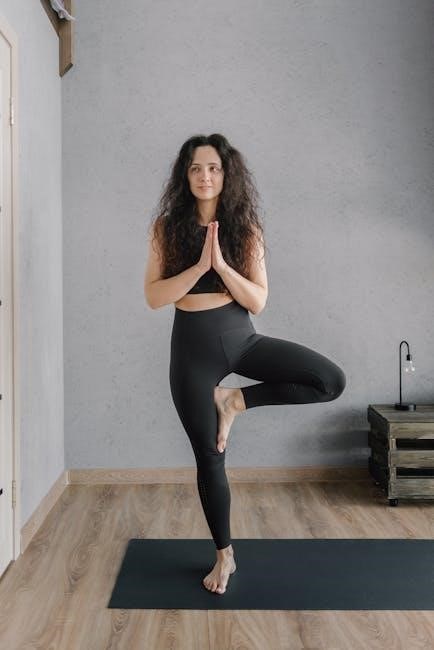
Implementation Timeline
The implementation timeline outlines key milestones, from initial setup to full operation, ensuring a structured approach to launching and growing the practice effectively within the planned schedule.
12.1. Short-Term Goals
Short-term goals include securing a prime location, hiring licensed therapists, and launching initial marketing campaigns within the first six months. The practice will establish partnerships with local healthcare providers and insurance companies to ensure accessibility and credibility. Additionally, implementing an electronic health records system and developing a client intake process will be prioritized to streamline operations and enhance patient care experiences effectively.
12.2. Long-Term Objectives
Long-term objectives involve expanding the practice to multiple locations within five years, increasing the range of specialized services, and establishing strategic partnerships with schools and community organizations. The practice aims to become a regional leader in mental health care, known for innovation, accessibility, and exceptional patient outcomes, while continuously adapting to meet evolving community needs and industry advancements.
12.3. Key Milestones
Key milestones include securing initial funding within six months, launching the practice within a year, achieving full staffing within two years, and reaching operational profitability by year three. Expanding to two locations by year five and establishing a strong online presence are additional targets, ensuring sustainable growth and community impact while maintaining high-quality mental health services.

































